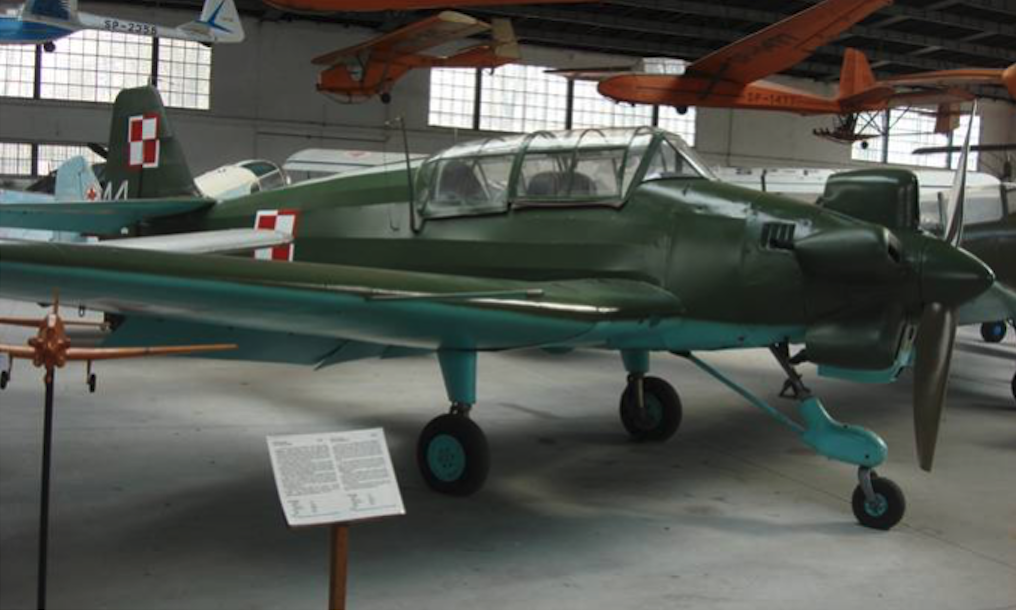Kraków 2015-05-04
Polski Przemysł Lotniczy - Część 13
Central Aircraft Study in Warszawa


Okęcie
Of course, not all workers in the aviation industry went on a wandering war. Many had families in the country and they were older in age, so after their escape to the east in September, they returned to their homes, waiting for further developments. Many did not survive the hard years of the German occupation.
At the beginning of 1945, with the passing of the front, who could return to his workplace. An attempt was made to resume production. The reconstruction of aviation in Poland was started by those who survived the scourge of the German occupation in the country; prof. Czesław Witoszyński, eng. Czesław Bienek, eng. Franciszek Misztal, eng. Kazimierz Głębicki, eng. Bronisław Żurakowski (from RWD), Eng. Zbigniew Brzuska, Eng. Tadeusz Chyliński (from RWD), eng. Stanisław Madejski, eng. Zdzisław Winecki, eng. Jerzy Bukowski, eng. Włodzimierz Strzeszewski, eng. Jan Oderfeld, Eng. Tadeusz Gumowski, Tadeusz Sołtyk, Kazimierz Chorzewski (from RWD) and many others. Also, many administration workers, foremen and skilled workers from pre-war factories spontaneously joined the reconstruction.
After the Second World War in Okęcie, no stone was left from the pre-war factories. The German and Soviet armies stole and destroyed almost everything. The plant was destroyed twice; in September 1939, and in January 1945. Everything had to be built anew. At the same time, the airport and plants were rebuilt. In April 1945, the first flight took place. On September 15, 1945, the tram line on the route Okęcie-Plac Starynkiewicza was launched.
CSS Central Aircraft Study.
In the 1940s, it was difficult to imagine a state, or even a communist country, without any air force and adequate base for it. It was mainly about renovation and studio-design facilities. The communist authorities did not mean the design and construction of new aircraft, but the maintenance of airplanes and adapting them to specific tasks aimed at "consolidating communism". The same was the case with cars that were developed as traveling cinemas with propaganda films or with loudspeaker sets for broadcasting messages and announcements.
The idea of creating an air design bureau was born in the minds of the new authorities. The principle was applied here; What to do here to do nothing? Let us remember that many employees of the pre-war Polish Aviation Industry spontaneously began to rebuild the factories destroyed by the Germans and Russians. These actions were beyond the control of the new government. These activities had to be pacified. In 1946, a decision was made to organize the Central Aircraft Study as part of the Aviation Industry Union. This task was entrusted to doctor Franciszek Misztal.
Written by Karol Placha Hetman
